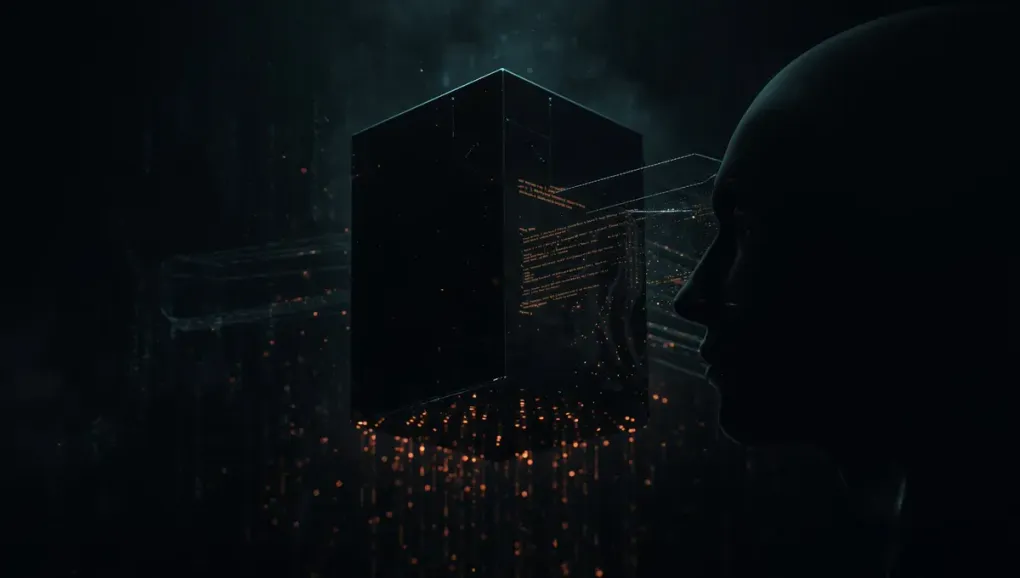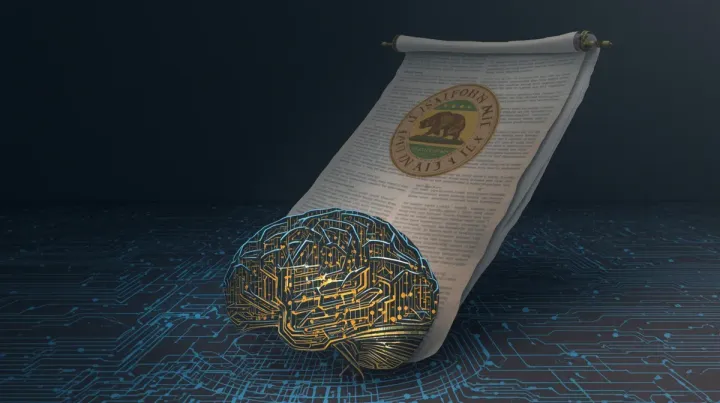
The AI Black Box: Are We Building Technology We Can't Control?
We are in a frantic race to build the most powerful artificial intelligence, celebrating every new benchmark and capability. In our blind enthusiasm, we’re handing over staggering amounts of control-from who gets a loan to how medical conditions are diagnosed-to systems that operate as inscrutable “black boxes.”
This isn’t a metaphor. It’s the reality of modern deep learning. We can see the data we feed into the models, and we can see the answers they spit out. But the process in between, the labyrinth of connections and weights that constitutes the model’s “reasoning,” is often a complete mystery, even to the engineers who built it.
A Breeding Ground for Automated Bias
The most immediate danger of the black box problem is the automation of injustice on a massive, unprecedented scale. An AI is only as good as the data it’s trained on. If that data reflects historical human biases (and it always does), the AI will not only replicate but amplify them.
When a person is denied a job or a loan because of a biased algorithm, there is no recourse. There is no logic to appeal to, no specific point of failure to identify. The system’s answer is final, yet its reasoning is hidden. It’s a perfect tool for laundering discrimination, cloaking it in a veneer of objective, technological authority.
The Existential Threat of Unknowable Systems
The problem goes far deeper than bias. We are moving towards a world where these unknowable systems will manage critical infrastructure: power grids, financial markets, and even military defense systems.
What happens when one of these systems produces a catastrophic failure? What happens when an emergent, unintended behavior arises from the trillions of calculations happening inside the box? We won’t be able to understand why it happened or how to prevent it from happening again. We will be, in a very real sense, at the mercy of a machine we created but do not comprehend.
This is a reckless abdication of responsibility. The pursuit of AI’s capabilities cannot come at the cost of transparency and control. The demand for “Explainable AI” (XAI) is not just an academic exercise; it’s a desperate attempt to install guardrails on a runaway train. Before we go any further, we must ask ourselves if the convenience and power offered by these systems are worth the fundamental loss of control.


